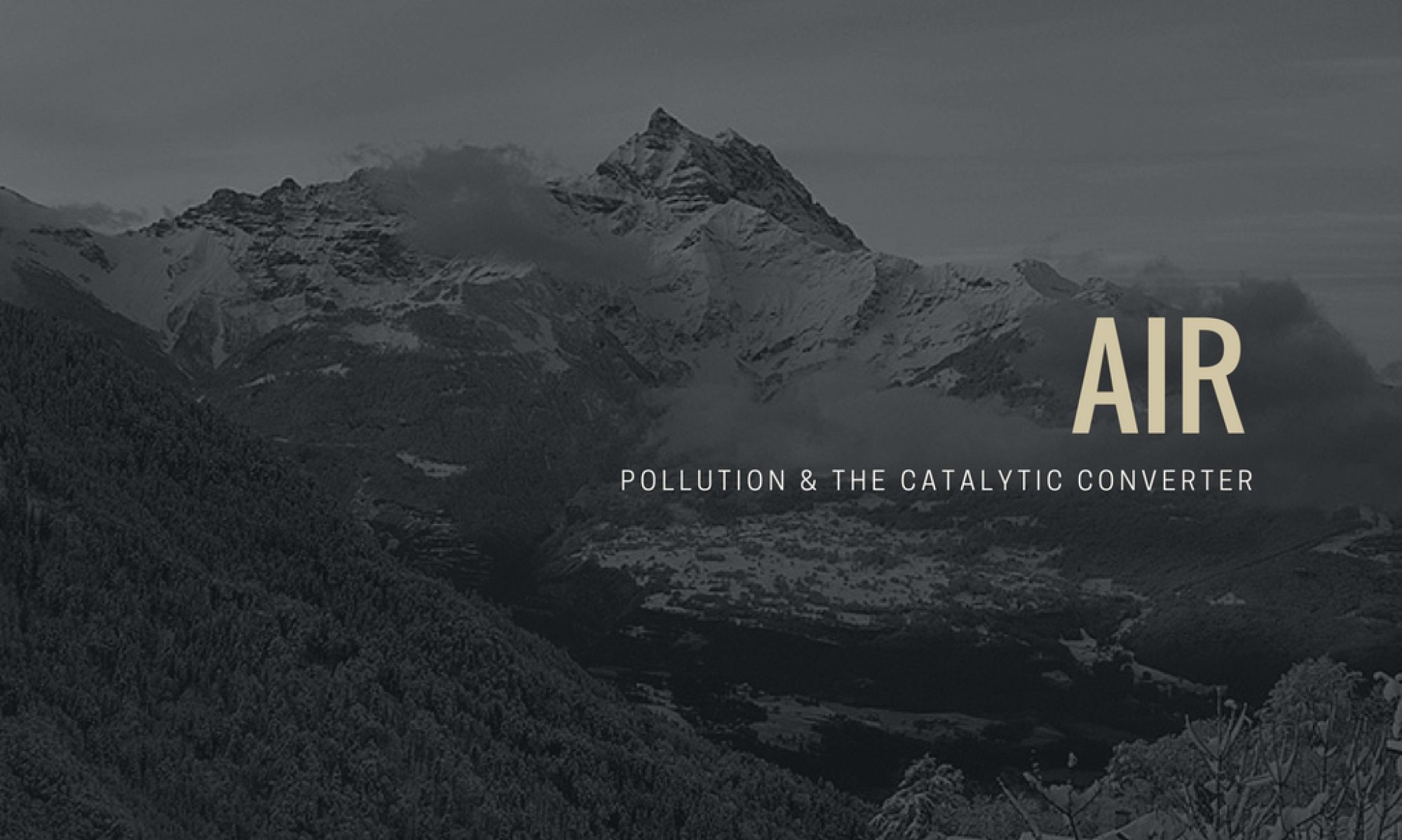Introduction
The increasing severity of air pollution can be harmful to both the human body and the environment. Research have shown that pollutants (NO2 , SO2 and CO) greatly affect the respiratory, cardiovascular system and can even cause the premature birth of newborns. Furthermore, the existence of pollutants (NO and SO2) in the environment can also lead to the formation of acid rain which is harmful to the environment and humans.
Explanation
- NOx
Nitrogen dioxide contributes in producing acid rain. These harmful chemical can cause lung inflammation, reducing immunity to lung infections. High exposure to nitrogen oxides may cause wheezing, coughing, colds, flu and bronchitis. At a high of 100 ppm concentration, Nitrogen oxide may also lead to immediate death.
Effects on ecosystems
It is as harmful to plants as it is to humans. A concentration of 120 µg/m3 Nitrogen Oxides is toxic and able to reduce growth of plants.
Effects on buildings
Under certain humidity level, the acid rain produced by high concentration of Nitrogen Dioxide can corrode building materials especially metals.
Effects on visibility
Nitrates, a secondary phase formed by nitrogen dioxides can form haze and reduce visibility.
- CO
Carbon monoxide is known as the silent killer. It is the most common type of fatal air poisoning in many countries. It is colorless, odorless, and tasteless, but highly toxic. It combines with haemoglobin to produce carboxyhemoglobin, which takes over the space in haemoglobin that is normally for oxygen, but is ineffective for delivering oxygen to bodily tissues. Concentrations as low as 667 ppm may cause up to 50% of the body’s haemoglobin to convert to carboxyhemoglobin, which may result in seizure, coma, and fatality.The most common symptoms of carbon monoxide poisoning may resemble other types of poisonings and infections, including symptoms such as headache, nausea, vomiting, dizziness, fatigue, and a feeling of weakness. Affected families often believe they are victims of food poisoning. Neurological signs include confusion, disorientation, visual disturbance, syncope (fainting), and seizures. CO also contributes to the formation of ozone at low level by a process called photochemical smog.
- VOCs
Health Effects:
- Headaches
- Eye, nose and throat irritationL
- Liver, kidney and central nervous system damage
- Some of them may cause cancer in humans and animals
Therefore, catalytic converters are extremely useful and important in trying to reduce the emission of such harmful pollutants. They can reportedly reduce emissions of such pollutants by around 90%. However, we should still note that they do not remove carbon dioxide, a greenhouse gas which contributes to global warming.
References
- “Formation of NOx – Higher tier” <http://www.bbc.co.uk/schools/gcsebitesize/science/21c/air_quality/chemical_reactionsrev5.shtml> (accessed 26 March, 2017)
- ” Nitrogen dioxide (NO2)”<http://www.environment.gov.au/protection/publications/factsheet-nitrogen-dioxide-no2> (accessed 26 March, 2017)
- Sherry Boodram “Car chemistry: What is a catalytic converter and how does it work?” <http://explorecuriocity.org/Explore/ArticleId/1779> (accessed 26 March, 2017)
- “Green house effect” <http://www.bbc.co.uk/schools/gcsebitesize/geography/climate_change/greenhouse_effect_rev1.shtml> (accessed 26 March, 2017)



